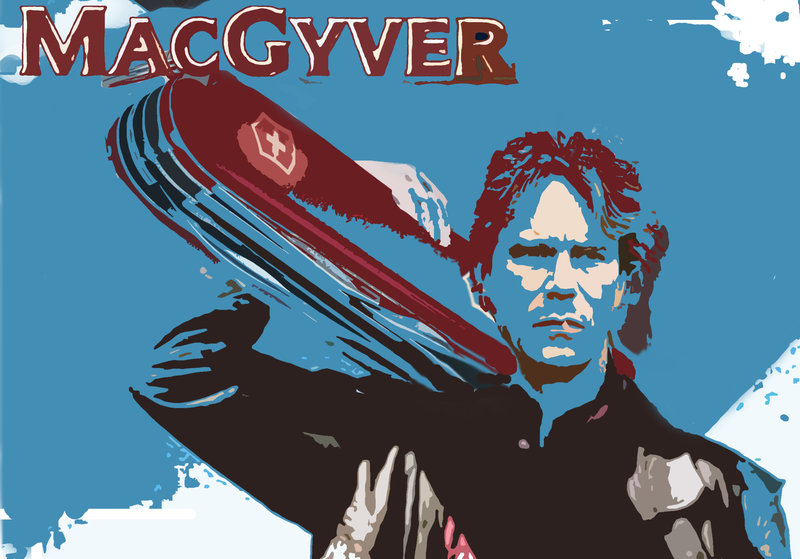Uma pessoa apanha cada coisa "
Banco Mundial propõe baixar salários mínimos para enfrentar robôs":
"Tendo em conta que substituir trabalhadores por máquinas reduz custos, um relatório do Banco Mundial vem agora sugerir que uma boa forma de combater o "avanço dos robôs" seria reduzir os salários mínimos e flexibilizar as leis laborais, facilitando os despedimentos.
...
Uma das soluções para minimizar o impacto da automatização e uso de robôs no mercado laboral passa por limitar os aumentos, ou mesmo reduzir ou extinguir, os salários mínimos, defendem os autores.
.
Os pressupostos para a existência de um salário mínimo – garantir um rendimento para um nível de vida com um mínimo de dignidade – podem ser assegurados através de mais apoios dos Estados aos mais carenciados, argumentam."
Quem lê este blogue sabe que não vejo com bons olhos a existência dos salários mínimos, mas dessa posição de princípio contra intromissão do estado e de terceiros na liberdade de negociação entre duas partes adultas, até ao significado desta mensagem do Banco Mundial vai uma grande diferença.
Mais uma prova de que Napoleão tinha toda a razão ao afirmar:
Gente que pensa que a automatização em Mongo é para produzir o mesmo que se produzia no Normalistão do século XX é gente muito básica:
Gente que precisa de ler Seth Godin para perceber que foi a industrialização que criou a massa que caracterizou o século XX, não foram os humanos que criaram o
industrialismo:
Os humanos têm horror à uniformização e só a toleraram por causas dos preços.
Os humanos são e adoram ser diferentes:
Assim que a tecnologia libertou os humanos começou o bailado:
Cada vez temos mais variedade, mais tribos, mais diferenciação e isso dá cabo dos modelos de produção baseados no século XX.
Automatização à la século XX dá mau resultado:
A
Toyota e a
Mercedes já aprenderam que o futuro da indústria é ...
a arte e o regresso dos artesãos entrelaçados com a tecnologia:
A ascensão do artesão e da arte na produção.
Esta gente do Banco Mundial padece da mesma doença dos de direita que acreditavam que o país só podia recuperar com o corte de salários via TSU, e dos de esquerda que acreditavam que o país só podia recuperar com o corte de salários politicamente correcto, a saída do euro, para regressar ao desvario da desvalorização cambial:
A indústria do futuro vai precisar de humanos mais do que nunca, não de braços como no século XX, mas de cérebros com paixão, "
Why The Future Of Technology Is All Too Human":
"So the answer to our technological dilemma is, in fact, all too human. While the past favored those who could retain and process information efficiently, the future belongs to those who can imagine a better world and work with others to make it happen."






















